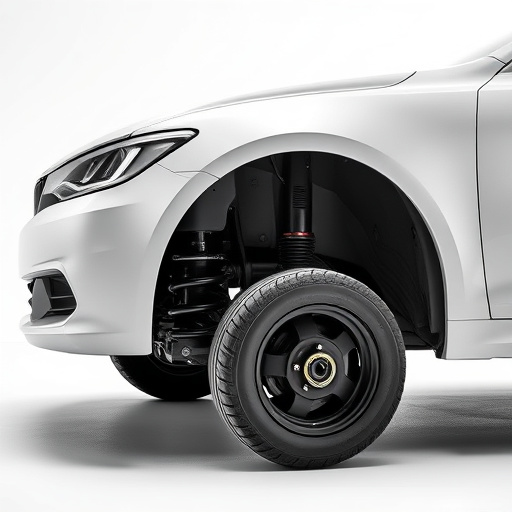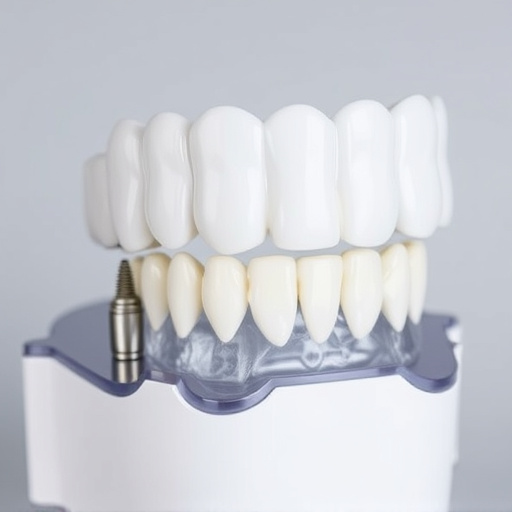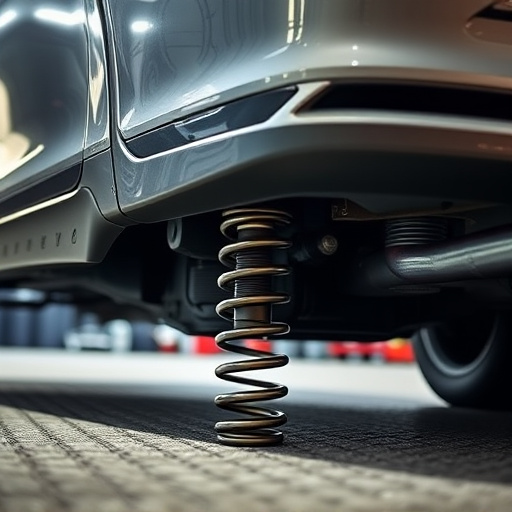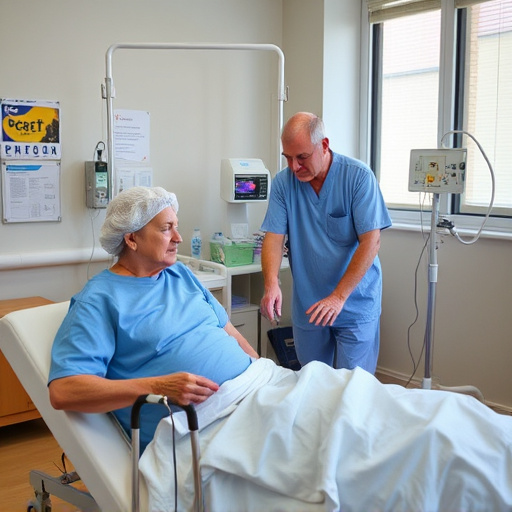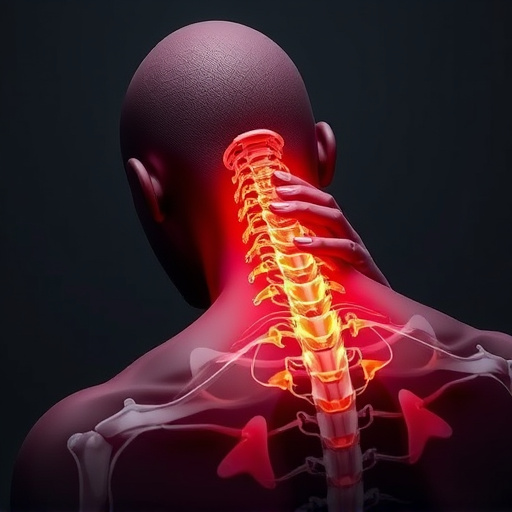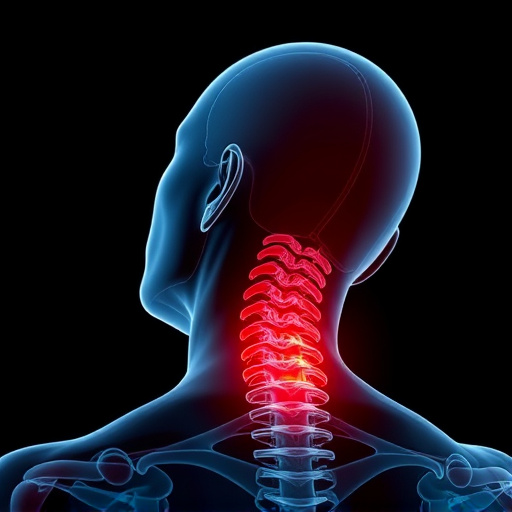An auto injury assessment involves a thorough evaluation using physical exams, medical history review, and imaging to determine the extent of injuries post-accident. This informs personalized recovery plans, including targeted therapies, adjustments, or accommodations like ergonomic equipment to facilitate safe return to work. Rehabilitation led by physical therapists focuses on restoring mobility, alleviating pain, and enhancing functionality, while supportive workplaces offer flexible arrangements and ergonomic adjustments for a successful reintegration.
After an auto injury, returning to work may seem daunting. This article guides you through the process, focusing on understanding the outcomes of an auto injury assessment and navigating your return with confidence. We explore physical capabilities, accommodations, and rehabilitation strategies to ensure a smooth transition back to the workplace. By delving into these key aspects, you’ll gain insights into managing your recovery and regaining control over your career path post-assessment.
- Understanding Auto Injury Assessment Outcomes
- Returning to Work: Physical Capabilities and Accommodations
- Rehabilitation and Support for a Smooth Transition Back to Work
Understanding Auto Injury Assessment Outcomes
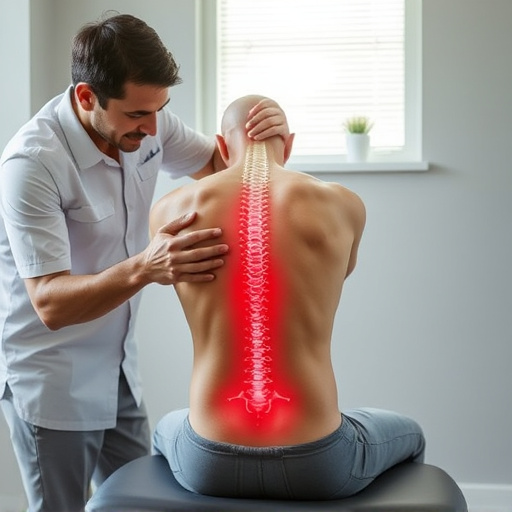
An auto injury assessment is a crucial step in understanding the extent of injuries sustained during an automobile accident. This comprehensive evaluation involves multiple factors such as physical examinations, medical history review, and diagnostic imaging to pinpoint any damage to muscles, ligaments, joints, or other soft tissue injuries. The outcomes of these assessments play a pivotal role in determining an individual’s path to recovery and return to work.
Depending on the severity of the auto accident recovery, the assessment results can guide the implementation of targeted therapeutic exercises designed to heal and strengthen affected areas. This personalized approach ensures that individuals receive the appropriate care for their specific needs, whether it involves physical therapy, chiropractic adjustments, or other interventions. By focusing on these targeted treatments, individuals can manage pain, improve mobility, and set a realistic timeline for returning to work after auto injury assessment.
Returning to Work: Physical Capabilities and Accommodations
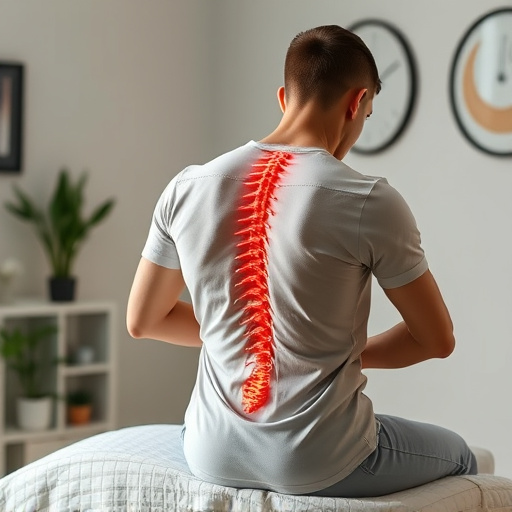
Returning to work after an auto injury assessment involves understanding your physical capabilities and the accommodations needed to ensure a safe and productive return. During the assessment, healthcare professionals will evaluate your range of motion, strength, and overall functionality. This information is crucial in determining whether you can resume your previous duties or if modifications are required.
Accommodations can include adjustments such as modified job tasks, ergonomic equipment, or even temporary reassignment to a different role that better suits your physical limitations. For instance, those experiencing neck pain and whiplash from the injury might require adjustments like an adjustable desk or regular spinal adjustments by a personal injury chiropractic specialist to aid in recovery and reduce discomfort.
Rehabilitation and Support for a Smooth Transition Back to Work
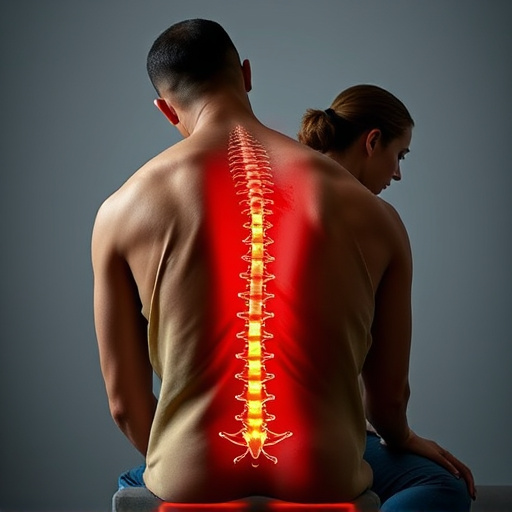
Rehabilitation plays a pivotal role in facilitating a successful transition back to work after an auto injury assessment. This process is tailored to address specific injuries and symptoms, with a focus on personalized treatment plans. Physical therapists and healthcare professionals design these plans to improve mobility, reduce pain, and enhance overall functionality. Through targeted exercises, manual therapy, and sometimes sciatica relief techniques, individuals can regain their strength and range of motion.
A supportive environment is equally crucial. Employers should be proactive in accommodating returning employees by offering flexible work arrangements or ergonomic adjustments. This collaborative effort ensures that the transition back to work is as smooth as possible, allowing individuals to manage their recovery while maintaining productivity and a sense of normalcy.
After an auto injury assessment, understanding your physical capabilities and limitations is crucial for a successful return to work. If you’re cleared to work with accommodations, rehabilitation strategies can help you transition smoothly. By prioritizing your well-being and leveraging available support, you can safely resume your professional duties, ensuring a healthier and more productive future at the workplace. Remember, each individual’s journey is unique, so consult professionals to tailor solutions that meet your specific needs following an auto injury assessment.

